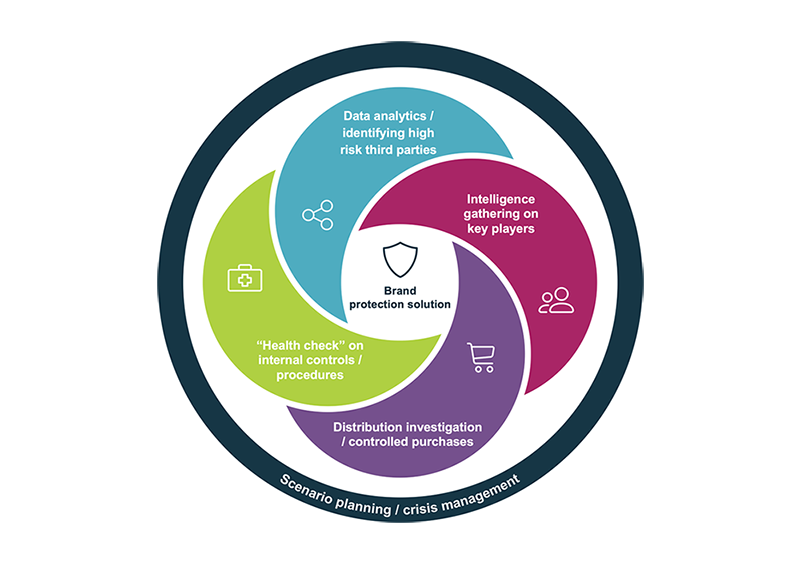Built Environment & Infrastructure Risk Management
-
Search
Brand risk is a continuing challenge for multinational companies in China. Chinese companies face the same problems as they build their own national and international brands, and demand protection for their trademarks and intellectual property. Brand protection is an ubiquitous problem in China, despite years of effort by the government to crack down on it.
Over the years, China’s intellectual property rights (IPR) law has been amended multiple times. Since the first Trademark Law was enacted in 1982, the IPR system has undergone significant changes in both the design of legislation and its enforcement. Since China joined the World Trade Organisation in 2001, it has introduced tough laws to protect brands, including intellectual property generated by domestic firms and individuals. In 2019, China became the first country since the Patent Cooperation Treaty was founded in 1976 to file more patent applications than the US. China’s rise in outbound IP and technology-driven business has heralded a sea change in IP protection and enforcement for multinational companies operating and selling in China. Multinational companies have more legal routes to protect their IP and higher chances of success than ever.
Despite improvements to the legal system, counterfeiting, copycat and parallel production have gained a new dimension in the digital era. Sales are not only via offline channels, but also through a broad spectrum of online channels, making it increasingly difficult to understand the scale and origin of infringement. Tackling market misbehaviour is no longer a matter of a simple checklist, but instead should include a 360-degree examination of internal controls and external channels (both online and offline). In other words, the investigation must be fit for purpose in a complex market environment.
The market for counterfeit, copycat and parallel products has evolved with the following characteristics.
While China’s IPR law is evolving and is aimed to protect the legitimate interests of brands, we should not forget about the practical challenges of identifying, understanding and dealing with brand issues. Losses as a result of market misbehaviour (including counterfeits, copycats and parallel imports) can be economic, operational and reputational – and can be significant. It is important to tackle these problems effectively, through gaining an understanding of the distribution and supply chains of your products, and the behaviour of the counterfeiters.
Some of the lessons and recommendations we have taken from our experience in brand protection are:

Let’s look at how we helped our client solve its problem. Our client, an industrial equipment manufacturer, was preparing for litigation over counterfeiting and trademark infringement in China. We scraped and analysed data from major domestic e-commerce sites and identified a number of high-risk sellers of the products in question. We were able to determine the source, scale, production location and sales channels of the counterfeit products through public-record research and on-the-ground source enquiries. We found that the actual controllers behind one of the distributors had dominant control over the overall counterfeiting process, including production and sales, and that the distributors were all linked via their ultimate controllers, locations and shared employees. Through these findings, our client was able to trace the root cause of the problem. Instead of dealing with one distributor, they were able to collect evidence about the misconduct of multiple distributors and their controllers in order to prepare for litigation. Follow up steps included further investigations and internal control improvement to deal with the root causes of the malfeasance.
In short, companies need to plan ahead, gather sufficient intelligence before taking action, address root causes for malfeasance, and strengthen employee commitment to brand values and culture, building resilience into long term business plans.